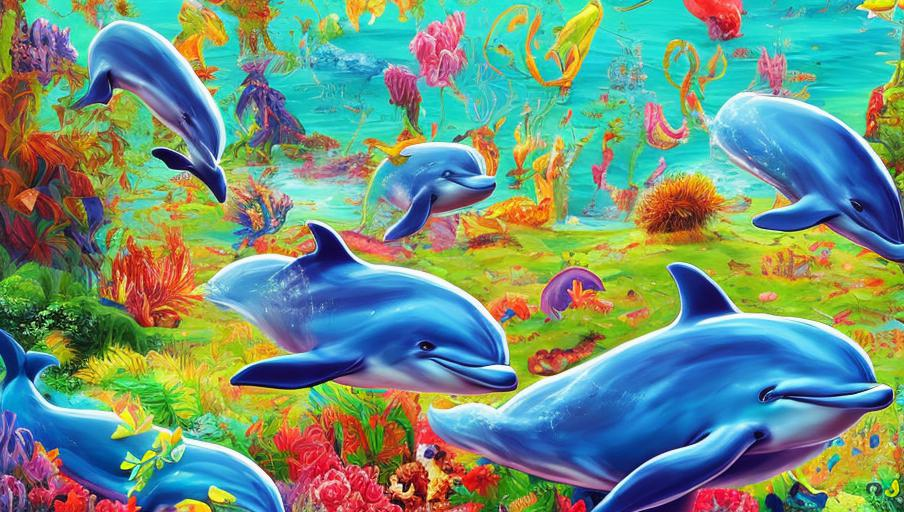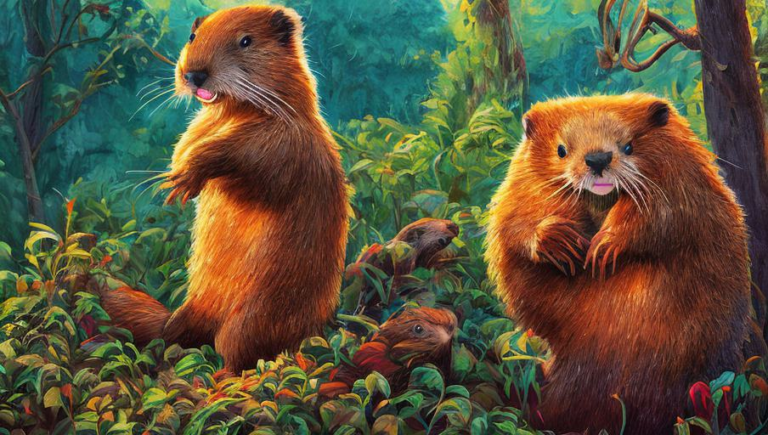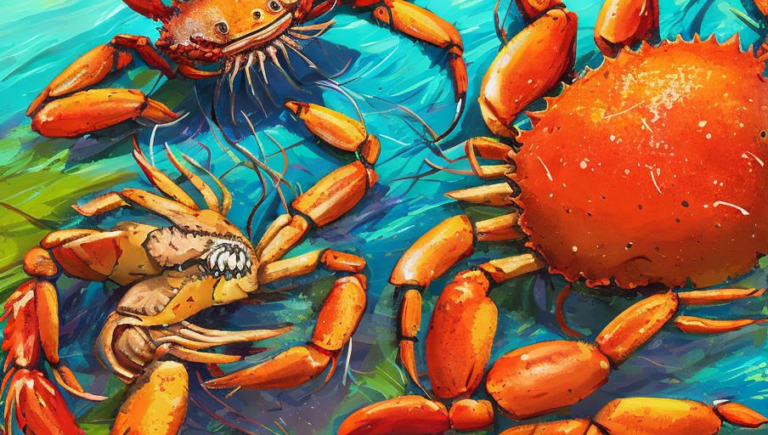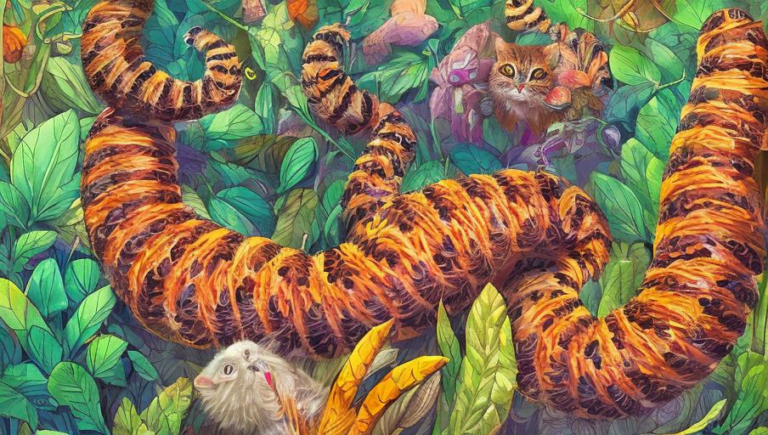Evolution of Dolphins Through the Ages

Introduction
Dolphins have captivated humans for millennia and remain one of the most beloved animals in the world. They are highly intelligent, social creatures and have evolved over millions of years to become the complex mammals we know today. In this article, we’ll explore the evolution of dolphins through the ages and the characteristics that make them so special.
Ancestors of Dolphins
Dolphins are believed to have evolved from an extinct group of aquatic mammals called mesonychids. Mesonychids appeared in the Early Eocene epoch, around 50 million years ago. They had four legs and were able to walk on land and swim in the water. The earliest dolphins, known as protodelphinids, appeared around 25 million years ago, and they had four legs and a tail. They were able to move on land, but they spent most of their time in the water.
Modern Dolphins
Over time, the four legs of protodelphinids evolved into flippers and their tails into the characteristic crescent-shaped tail. Modern dolphins have streamlined bodies and are able to swim at great speeds. They also have acute vision and hearing, as well as a very sophisticated sonar system. This allows them to navigate and find prey in even the darkest of waters. In addition, dolphins have a layer of blubber under their skin that helps to keep them warm in cold waters.
Social Behavior
Dolphins are highly social animals and have complex social behavior. They live in family groups and cooperate to hunt for food. They also communicate with each other by making sounds and body language. Dolphins recognize each other and can remember them for many years. In addition, dolphins are also known to form strong bonds with humans, and some have been seen accompanying and protecting divers from sharks.
Conservation Efforts
Due to their intelligence and social behavior, dolphins have become popular in captivity, and in recent years, there has been an increase in the number of dolphins being kept in captivity. This has led to some negative consequences, including the destruction of natural habitats, the disruption of natural behaviors, and the spread of disease. To protect these majestic creatures, there have been several conservation efforts in place, such as Marine Protected Areas and the establishment of dolphin-friendly fisheries.
Conclusion
Dolphins are fascinating creatures that have evolved over millions of years. They are highly intelligent, social animals with a unique set of characteristics that have made them beloved by humans. To protect these animals, it is important to be aware of their needs and to actively work towards conservation and protection.





